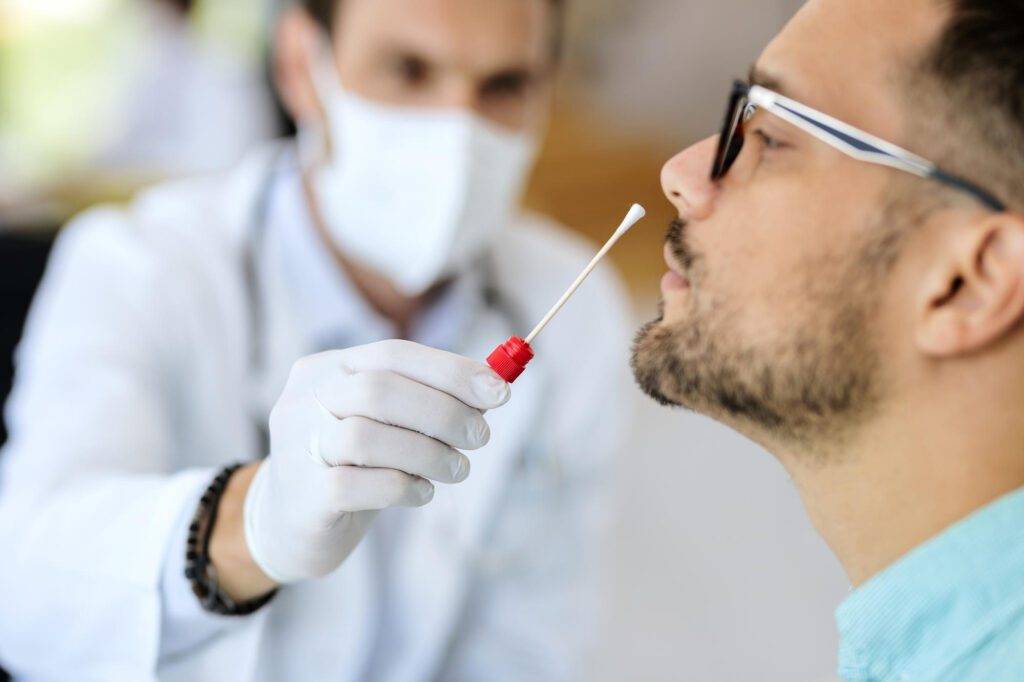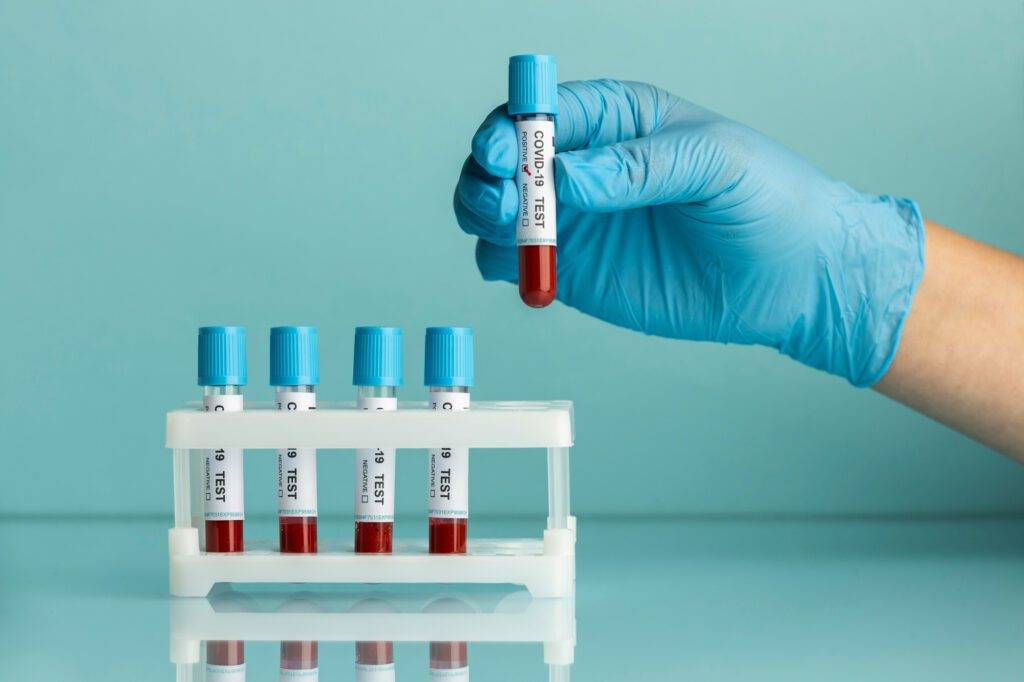In the wake of the COVID-19 pandemic and ongoing efforts to combat infectious diseases, Polymerase Chain Reaction (PCR) testing has emerged as a powerful tool for accurate diagnostics. This in-depth article explores the intricacies of PCR Testing, its significance in various fields, and its role in the current trend of healthcare diagnostics.

Understanding PCR Testing
PCR testing is a molecular biology technique used to amplify specific segments of DNA or RNA in a sample. It involves a series of temperature cycles that replicate and amplify the target genetic material, enabling precise detection and identification of pathogens, genetic variations, and disease markers.
The Significance of PCR Testing
- Disease Diagnosis: PCR testing plays a crucial role in diagnosing infectious diseases, including COVID-19, influenza, HIV, hepatitis, and many others. Its high sensitivity and specificity make it an indispensable tool for accurately identifying and monitoring diseases.
- Pathogen Detection: PCR testing enables the rapid detection of pathogens, allowing healthcare providers to initiate appropriate treatment strategies promptly. It aids in infection control measures, contact tracing, and disease surveillance.
- Genetic Testing: PCR testing is used in genetic testing to identify genetic mutations, inherited disorders, and predispositions to certain diseases. It assists in personalized medicine, targeted therapies, and family planning decisions.
- Forensic Analysis: PCR testing finds application in forensic science for DNA profiling, crime scene analysis, and identification of human remains. Its high accuracy and sensitivity provide valuable evidence in legal investigations.
The PCR Testing Process
The PCR Testing process involves the following steps:
- Sample Collection: Begin with the collection of a biological sample, such as nasopharyngeal swabs, blood, saliva, or tissue. Proper sample collection techniques and preservation are essential to ensure reliable results.
- Nucleic Acid Extraction: Extract the genetic material (DNA or RNA) from the sample using specialized kits or techniques. This step purifies and concentrates the target nucleic acids for subsequent analysis.
- PCR Amplification: Mix the extracted nucleic acids with specific primers, enzymes, and nucleotides in a PCR machine. The machine undergoes cycles of heating and cooling, allowing the amplification of the target DNA or RNA segments.
- Detection and Analysis: Analyze the amplified genetic material using various methods, such as gel electrophoresis, fluorescent probes, or real-time PCR instruments. Interpret the results based on the presence or absence of specific genetic markers.
Advantages of PCR Testing

- Sensitivity and Specificity: PCR testing demonstrates high sensitivity, enabling the detection of even small amounts of genetic material, ensuring accurate diagnoses and minimizing false-negative results.
- Rapid Results: PCR testing provides results within a few hours, facilitating prompt medical interventions, effective contact tracing, and timely public health responses.
- Wide Range of Applications: PCR testing can be adapted to detect various pathogens, genetic markers, and mutations, making it a versatile tool in diagnostics and research.
The Future of PCR Testing
PCR testing continues to evolve and improve, with advancements such as digital PCR and multiplex PCR expanding its capabilities. These innovations enhance sensitivity, speed, and the ability to detect multiple targets simultaneously. Additionally, efforts are underway to develop portable PCR devices for point-of-care testing, increasing accessibility and enabling faster on-site diagnostics.
Conclusion
PCR testing has revolutionized diagnostics in healthcare, research, and forensic science. Its ability to detect and amplify genetic material with exceptional sensitivity and specificity has made it an indispensable tool for disease diagnosis, pathogen detection, genetic testing, and forensic analysis. As technology advances, PCR testing is poised to play an even more significant role in the future of accurate diagnostics, paving the way for improved patient care, disease control, and scientific breakthroughs.